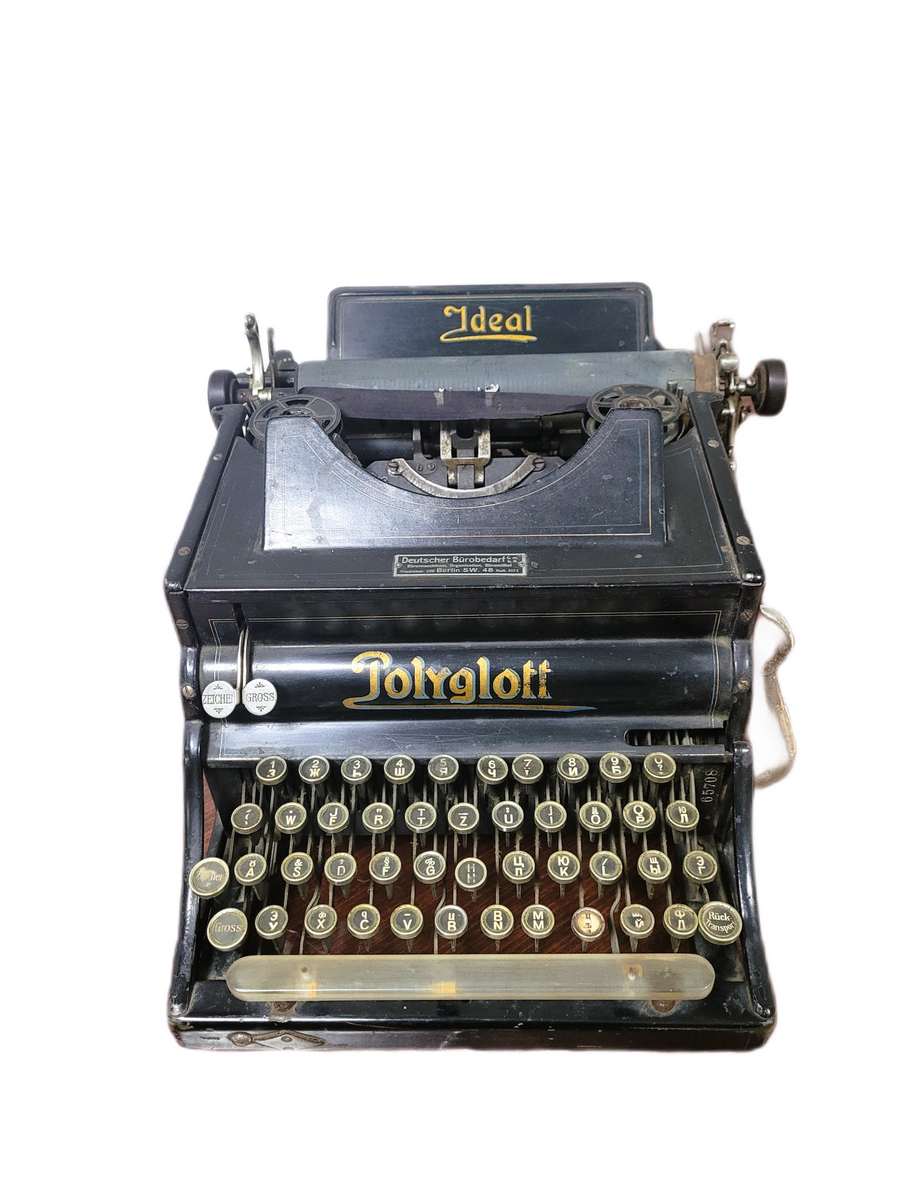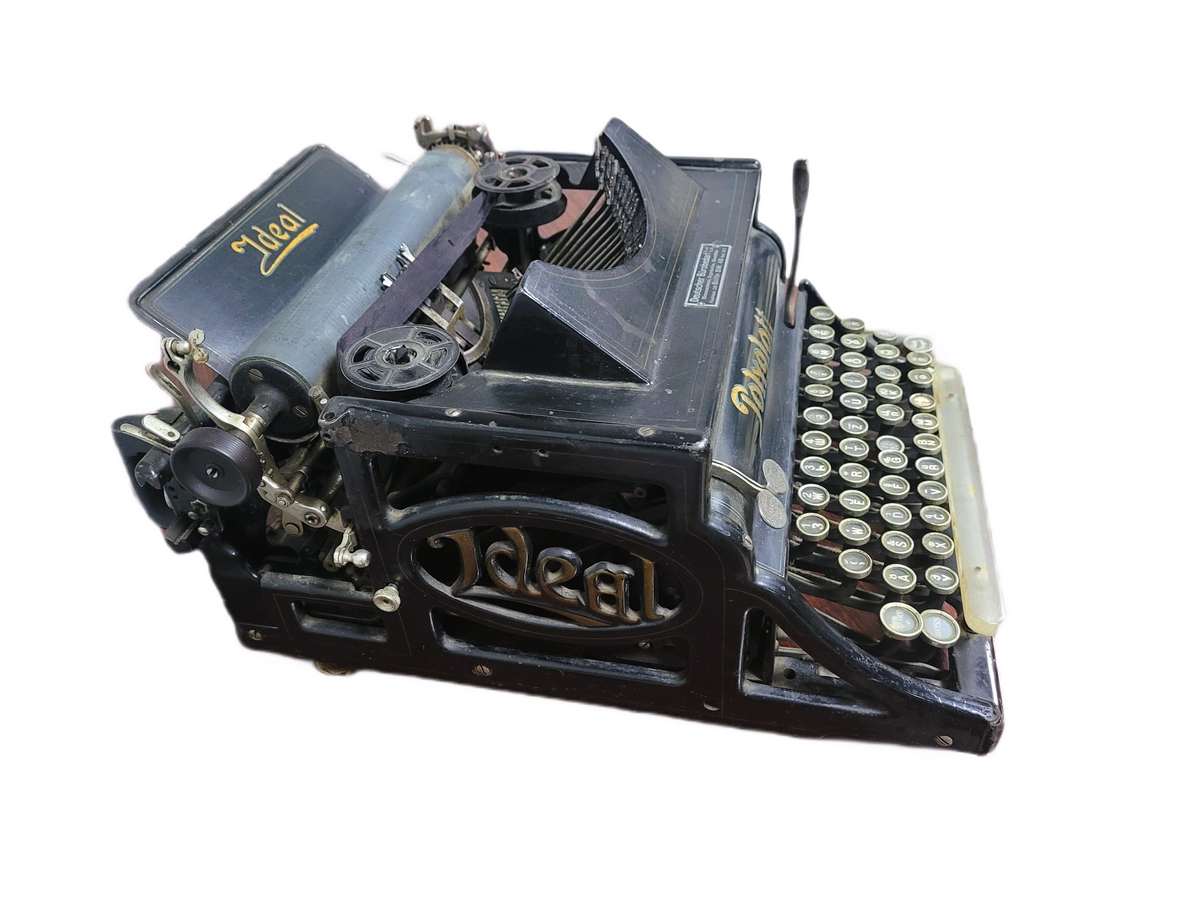National Museum of History of Moldova, in collaboration with the Hungarian Embassy in Moldova and Herendi Porcelánmanufaktúra Zrt. (Porcelain Manufacture Herend A.S.) organized the exhibition-event „Herend Glow" on the occasion of the International Museum Day held under the patronage of the Ministry of Culture of Moldova.
Over 600 Herend brand porcelain objects were displayed in two exhibition rooms on the ground floor of the museum. The exhibition opening, held on May 13, was attended by a large audience with H.E. Mátyás Szilágyi, Hungarian Ambassador to Moldova; Monica Babuc, Minister of Culture of the Republic of Moldova and dr. hab. Eugen Sava, general director of the National Museum of History of Moldova, who spoke words of greeting. The painter decorator Magyarosi Zoltan from Herend Manufacture offered a master class on painting on porcelain.
The exhibition of porcelain from the largest factory in the world that celebrates 190 years since its foundation contains a valuable selection of unique hand painted items belonging to the Hungarian cultural heritage. The vast collection brought to Chișinău for the first time provides a suggestive overview of the techniques and technologies specific to the Herend porcelain art making process, with an illustration of their amazing variety of objects. The exhibits present a great variety of shapes and decoration objects made of porcelain and a refined aesthetic taste of Herend products. Besides the most popular shapes and decorative elements specific to Herend models, in the exhibition were included also other "treasures" that are the pride of Herend manufacture, i.e. pieces showing bravery and professional prestige objects that make a demonstration of an outstanding technical virtuosity. Being part of the European and Hungarian cultural heritage, the porcelain manufactured at Herend has become immutable with the passing of time, a cultural creation of priceless value.
Short history of the Porcelain Manufacture form Herend
At a distance of about 1,000 kilometers, in Hungary, near Lake Balaton - the largest lake in Central Europe - is situated a small town, Herend, where in the last 190 years are being produced the finest items of porcelain in the world. This name is entirely associated with manual painting, perfection, tradition and innovation. It took a long way to achieve this.
 |
Possession of porcelain objects in the nineteenth century was an exclusive privilege of the aristocracy. The delicate and precious Chinese porcelain, which had been known in Europe through imports made on the Silk Road the route, made a great impact on Mór Fischer, head of the artisan manufacture from Herend at that time. He was a man of a fine sense of artistry who achieved to replicate with detail the unmistakable quality of the refined import products. The small manufacture, founded in 1826 by Stingl Vince, continued to develop under his leadership. In 1842, Lajos Kossuth himself, the hero of the Hungarian independence revolution from 1848 to 1849, highly appreciated the porcelain manufactured at Herend. Shortly, the factory reached international success: at the first world exhibition held in London in 1851, Queen Victoria was very impressed with the models with peonies and playful butterflies that she commissioned a large set decorated with those ornaments. The most famous model of Herend manufacture "Victoria" was then created in memory of this event. The set is on display at the exhibition hosted by National Museum of History of Moldova.
Over the years, the porcelain manufactured at Herend became a delight of royals across the world, which showed respect and appreciation for the charm of the inimitable and sumptuous work. Beginning with the first touch of raw materials to the last brush line, the birth and decoration of the Herend porcelain is a special celebration of art, a celebration of the "craft" of the creative man.
Today, with a history of 190 years from foundation and rich experience, the Porcelain Factory from Herend produces already 16.000 different models and around 4.000 ornamental motifs, whose free combination can bring endless variations. The manufacture's primary purpose is preserving traditions and cultural heritage to be passed on to future generations, creating new values that enchant the eye.
Since 2001, the Herend Manufacture is part of the Hungarian heritage. The brand is synonym of quality, luxury and elegance.
Promotion of Herend porcelain as national Hungarian value is part of the manufacture's cultural mission, for this purpose numerous exhibitions have been organised both in Hungary and in other countries around the world (Austria, Switzerland, Russia, Japan, Romania, Slovenia etc).
In 2006, according to a survey conducted by the Luxury Institute in New York, the most popular porcelain brand on the US market is Herend. An act of recognition for the Herend Porcelain Manufacture was the membership as of 2011 in the French Association "Comité Colbert". Since 2013, Herend porcelain has become the brand "Hungarikum". These Hungarian and international recognitions confirms the successful promotion of Herend porcelain as national and international value.
We invite you to the first exhibition of masterpieces signed by Herend organised in Moldova. Herend porcelain will glow in all its splendour in Chișinău, in a vast and exclusive presentation.
Join the "Shining Herend"!





 The side panels are elegantly decorated with refined cast-iron elements in the Art Nouveau style, displaying the brand name - "Ideal." The Polyglott model, featuring a bilingual keyboard patented in the United Kingdom by Max Klaczko from Riga, Latvia, was produced between 1902 and 1913, marking the first typewriter capable of writing in two languages. The "Ideal Polyglott" typewriter was actively sold in the Russian Empire and gained significant popularity in Poland, Bulgaria, and Serbia.
The side panels are elegantly decorated with refined cast-iron elements in the Art Nouveau style, displaying the brand name - "Ideal." The Polyglott model, featuring a bilingual keyboard patented in the United Kingdom by Max Klaczko from Riga, Latvia, was produced between 1902 and 1913, marking the first typewriter capable of writing in two languages. The "Ideal Polyglott" typewriter was actively sold in the Russian Empire and gained significant popularity in Poland, Bulgaria, and Serbia.













































